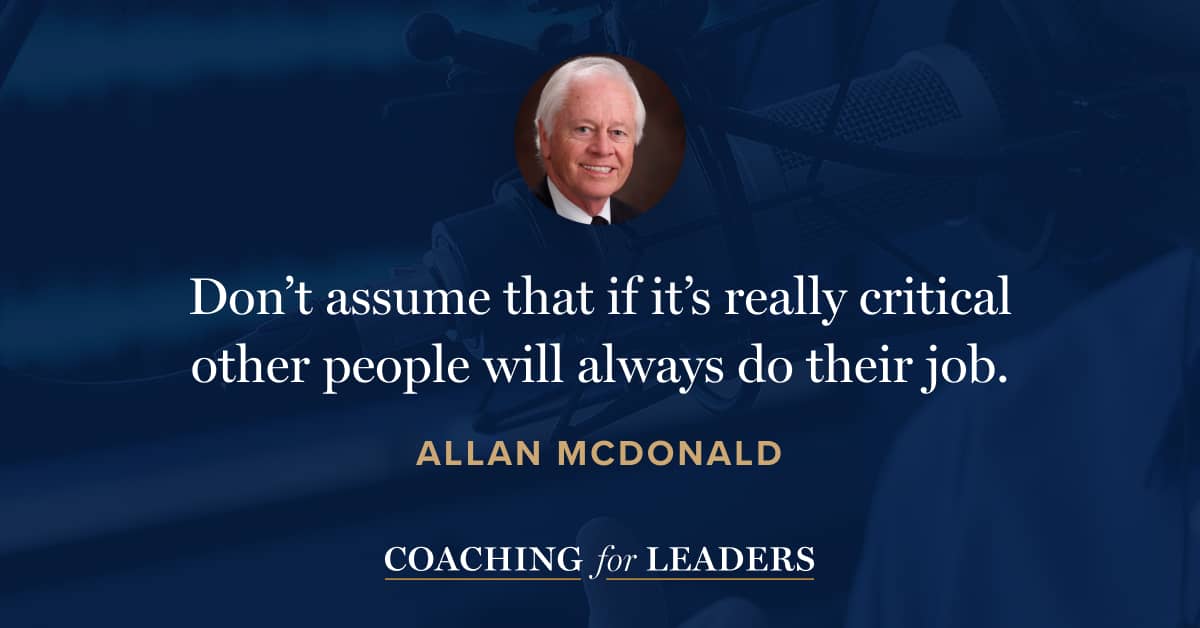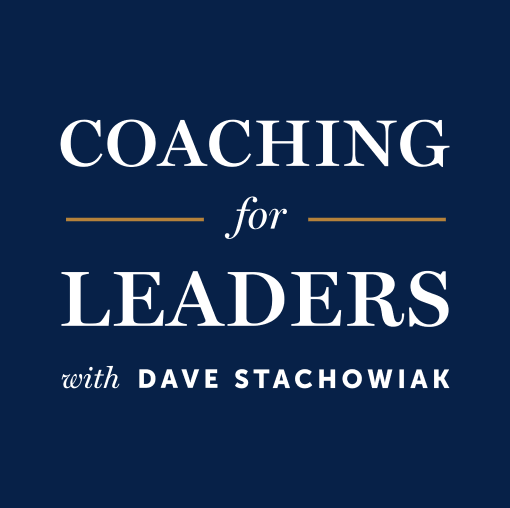Allan McDonald: Truth, Lies, and O-Rings
Allan J. McDonald retired as vice president and technical director for advanced technology programs at ATK Thiokol Propulsion in 2001. He was the director of the Space Shuttle Solid Rocket Motor Project at the time of the Challenger accident and, later, vice president of engineering for space operations during the redesign and requalification of the solid rocket motors. Al passed away in 2021.
Al was the one person who officially refused to sign off on Challenger's launch on January 28, 1986. His concerns for the launch conditions were ultimately overridden by his boss. He would eventually testify to the Rogers Commission which had major implications for their findings. Later in life, he spoke to audiences all over the world on ethics and decision-making. He's the author with James Hansen of Truth, Lies, and O-Rings: Inside the Space Shuttle Challenger Disaster*.
In this conversation, Al shared the details of the conversation between NASA and Morton Thiokol the evening prior to the launch. He also detailed what happened after the accident and his extraordinary decision to interrupt NASA's testimony to the Rogers Commission. He also shared a key message on why it still matters, all these years later.
Key Points
- As director of the solid rocket motor project, Al McDonald refused to sign off on the launch, concerned that launch weather conditions were unsafe.
- Despite almost perfectly predicting the accident, Al himself was initially unconvinced that the solid rocket motors were the cause, believing the shuttle would have exploded on the pad had that been the case.
- When it appeared that NASA officials weren't being fully transparent about the events leading up to the accident, Al interrupted their testimony to the Rogers Commission, a move he fully expected would end his career.
- Al was effectively demoted after his testimony. Congress ultimately intervened with a law that would have ended his organization's government contract, unless they reinstated his prior position. It's the only time the United States Congress has passed a law aimed at benefitting a single individual.
- It's your responsibility as a professional to have an opinion and to speak up. Don’t assume that other people will always do their job.
Resources Mentioned
- Remembering Allan McDonald: He Refused To Approve Challenger Launch, Exposed Cover-Up by NPR
- Major Malfunction: Revisiting Challenger by The New York Times
Related Episodes
- How to Deal with Opponents and Adversaries, with Peter Block(episode 328)
- The Way to Make Better Decisions, with Annie Duke (episode 499)
- The Way Out of Major Conflict, with Amanda Ripley (episode 529)
Discover More
Activate your free membership for full access to the entire library of interviews since 2011, searchable by topic. To accelerate your learning, uncover more inside Coaching for Leaders Plus.





